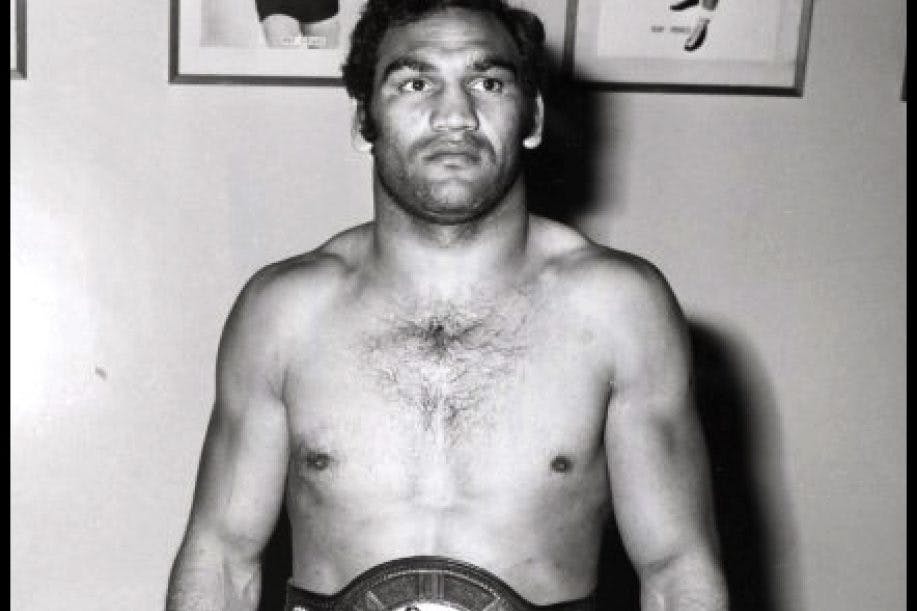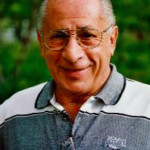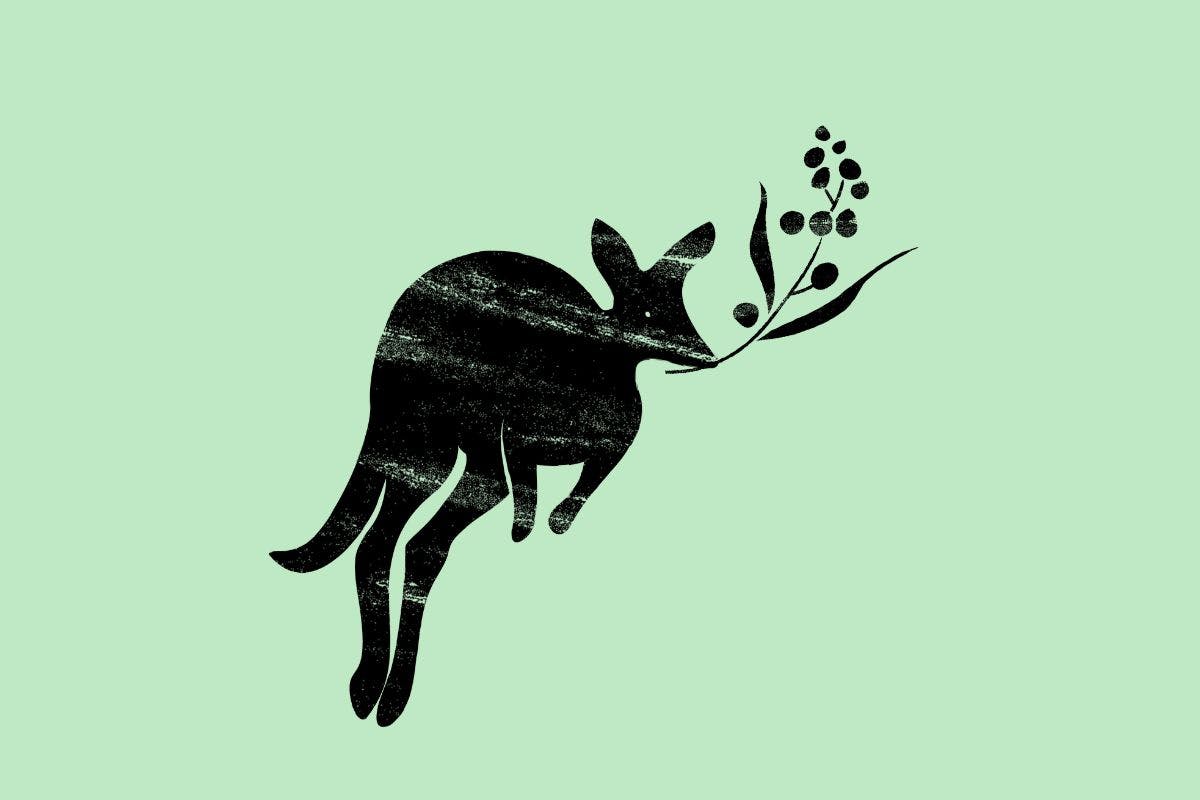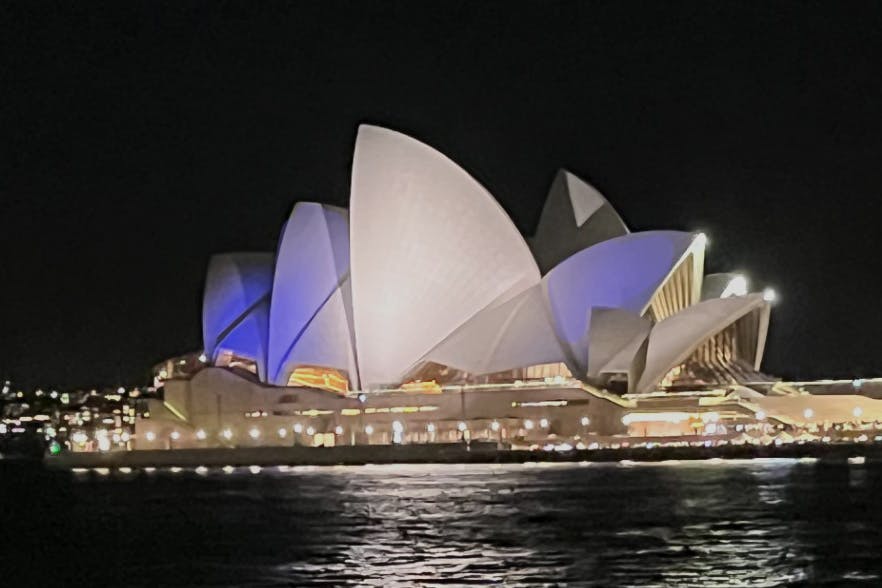Published: 19 March 2018
Last updated: 4 March 2024
Sport was even more difficult when the genocidal period was followed by the protection-segregation era of the later nineteenth and early twentieth century. Incarceration on the remotest reserves and draconian statutes made free movement nigh impossible. The cricketers went abroad in 1868. Had it been a year later, Victoria’s “protective” Aborigines Act of 1869 would have stopped such a venture in its tracks.
Several men made it to the circus boxing tents, even to the major stadiums. More than a few reached the professional athletic tracks so popular in the nineteenth and early twentieth centuries. “Pedestrianism”, the big betting sport of the era, was a salvation for some Aboriginal men — despite vigorous efforts to have them banned because they almost always won.
Athletics officials insisted on inserting initials alongside their names on the race cards: ‘h.c.’ for ‘half-caste’, ‘a’ for ‘Aborigine’, ‘c.p.’ for ‘coloured person’. This was only fair to the betting fans, so they claimed.
For very short periods, cricket flourished at Poonindie in South Australia, at Purga Mission near Ipswich in Queensland, at Coranderrk in Victoria and at New Norcia in the West. At least two men, Jack Marsh and Alec Henry, made it into Shield cricket in 1903 to 1905.
Dr W E Roth, sportsman and anthropologist, was Queensland’s second Chief Protector of Aborigines. He isolated the Ipswich men at Purga, despatching them far and wide: they were “malcontents” who had “evidently been too much encouraged in competition with Europeans in the way of cricket matches ... and have been treated socially far above their natural station in life:”
The New Norcia cricketers, who would walk a hundred kilometres to Perth matches and who were widely acclaimed, met a similar fate when the 1905 (WA) Aborigines Act came into effect.
[gallery columns="1" size="large" ids="17924"]
Amid the segregation and isolation, thousands of children were forcibly removed from their natural parents, placed in “assimilation homes” where, it was believed their Aboriginality would be “erased”. Dozens of these institutions forbade sport, or made it difficult. The superintendent of St Francis’s Home in Adelaide abhorred sport.
Yet Gordon Briscoe, John Moriarty and Charlie Perkins managed to play state representative soccer and Wally McArthur had a great career in English rugby league. “Polly” Farmer and Ted Kilmurray practised their football craft at Sister Kate’s Orphanage in Perth — and became legends.
The over-representation of Aboriginal, Torres Strait and South Islander players in in today’s football codes shouldn’t mask the reality of racist exclusions in the earlier years. In Australian football there were, at best, seven or eight black players in the 80 years between the 1870s and the end of the 1940s.
There was trickle in the 1950s, and by the 1960s, an era of some hope for black Australians, a golden era arrived with Farmer, Barry Cable and Syd Jackson. The tide came in with the Krakouer brothers from the West, together with Chris Lewis, Derek Kickett and Nicky Winmar. Today, it seems, a club’s badge of honour is to have stellar Aboriginal players, and to date 276 Aboriginal men have played in senior AFL.
The 1960s began with Lionel Morgan as the first Aboriginal man to to play rugby league for Australia, a time when Kevin Longbottom, Bruce Olive and Eric Simms did heroic things on the field. Lionel Rose won a world boxing title, uplifting a continent of all colours and creeds. In the next decades, the three Ella brothers made a stand and a statement in rugby union, and Evonne Goolagong-Cawley won two Wimbledons (1971 and 1980).
Today, it seems, a club’s badge of honour is to have stellar Aboriginal players, and to date 276 Aboriginal men have played in senior AFL.
But it was still a time of spirited racism. Axeman Leo Appo once had to pose as a Maori to gain a place in a Royal Easter Show event. A number of Aboriginal achievers were told to ‘restrain’ their Aboriginal identity so as not to “cause trouble” as was the case of Percy Hobson, winner of the high jump at the 1962 Commonwealth Games.
Boxers called themselves Greek; an esteemed Melbourne Cup winning jockey said he was Filipino rather than face hostility to “men of colour” in senior horseracing.
We celebrate Aboriginality in sport — venerating Jonathan Thurston, Greg Inglis, Lance ‘Buddy’ Franklin, applauding Ashleigh Barty on court, Harley Windsor on the ice rink, and Chad Reed on a motorbike. Cathy Freeman and Evonne are national treasures and statues salute “Artie” Beetson and Laurie Daley in league, Eddie Gilbert in cricket and Dave Sands in boxing. In the 1950s, Sands was twice voted the most popular sportsperson in the country — indeed, a contrary country.
Black Pearls: The Aboriginal and Islander Sports Hall of Fame by Colin Tatz and Paul Tatz is published by Aboriginal Studies Press
Photo: Boxer Tony Mundine




